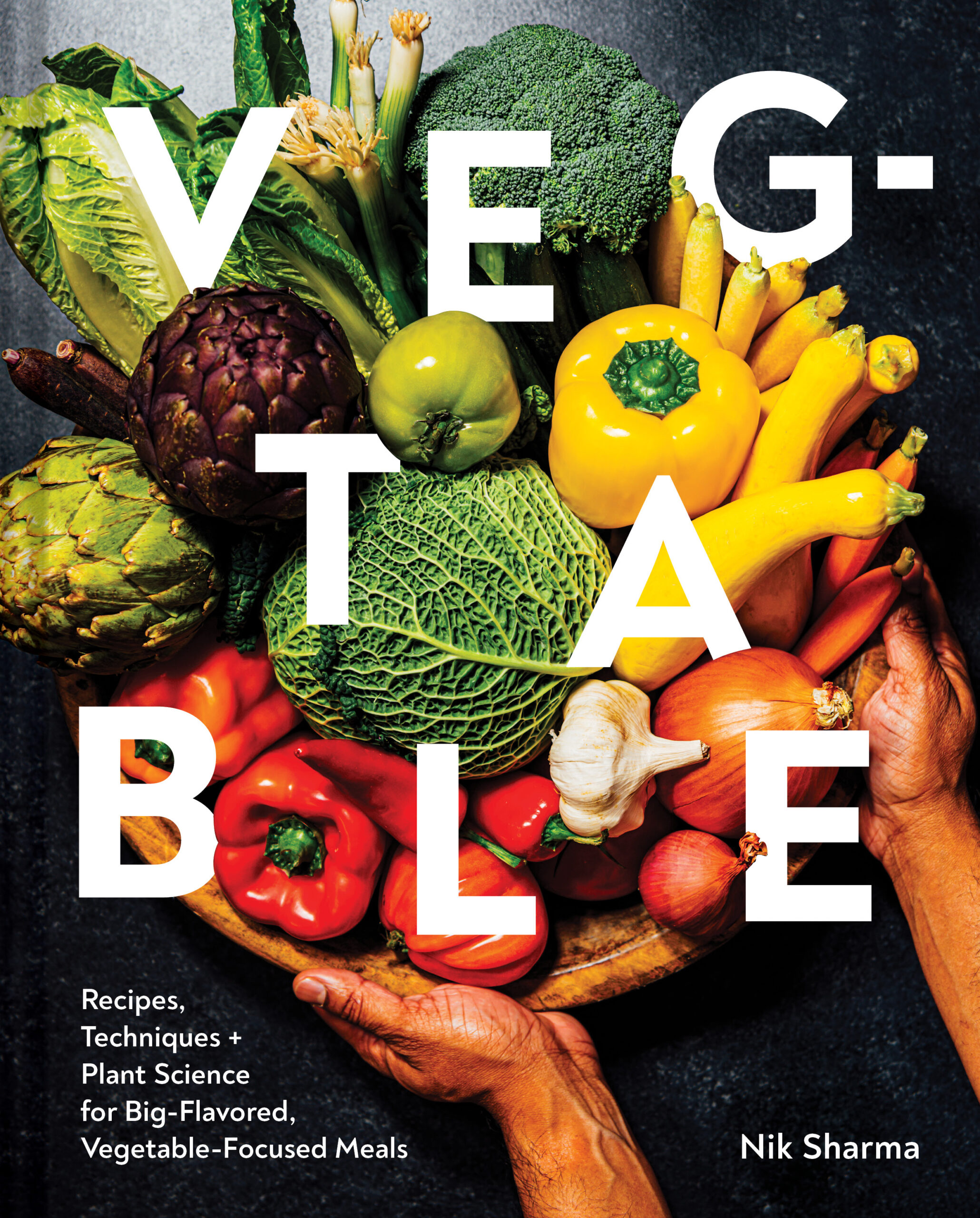
kefir neapolitan cake
The classic Neapolitan cake is a source of much joy to me. As a kid, I’d often sift through my mother’s binder of neatly typed sheets of white paper marked by the black ink of her Brother typewriter in which lay several cake recipes, and one of these included a Neapolitan cake – a tricolored cake, marbled with splashes of pink, yellow, and dark brown colors. Neapolitan cakes might be out of fashion these days, but I still think it holds a remarkable, captivating feature; for me, it’s that tricolored, marbled texture. You never know what to expect when cutting through the slice. For the history buff, here is a site with a lot of interesting information on Neapolitan cakes !
Ingredients
1 cup plus 2/3 cup /230 g all-purpose flour
1/2 tsp baking powder
1/4 tsp fine sea salt
6.3 oz/180 g unsalted butter, at room temperature plus extra to grease the baking pan
1 cup plus 2/3 cup/325 g superfine sugar
3 large eggs, at room temperature
1/2 cup/120 g kefir, at room temperature
1 tsp vanilla extract
4 Tbsp/60 ml warm milk
3 Tbsp/15 g usweetened Dutch-processed cocoa powder
1/2 tsp instant coffee granules
1 tsp raspberry extract
1/2 tsp red beet food color extract or any type of red food coloring
Instructions
- Preheat to 325F/165C.
- Grease an 8.5 in/22 cm or 9 in/23 cm loaf pan with a little unsalted butter and then line it with parchment paper, leaving a 3 in/7.5 cm overhang on each of the long ends of the pan. This overhang will help you easily lift the baked cake out of the pan once it is ready.
- In a mixing bowl, dry whisk the flour, baking powder, and salt.
- Place the butter and the sugar in the bowl of a stand mixer and cream using the paddle attachment them over medium speed until light, fluffy, and it turns pale white, about 5 minutes. Scrape down the sides of the bowl. Beat in one egg over medium speed until incorporated, about 30 seconds. Scrape the bowl down after each addition. Add half of the flour mixture and incorporate over low speed. Add the kefir, followed by the remaining flour mixture, and mix over low speed until there are no longer any visible flecks of flour in the cake batter. Scrape down the sides of the bowl; if you notice any unincorporated flour, whisk till combined. Divide the cake batter into 3 equal parts by weight between 3 mixing bowls.
- In one bowl, fold in the vanilla with a silicone spatula.
- Mix 2 Tbsp of the warmed milk with the cocoa and coffee to form a smooth mixture; there should no visible lumps of cocoa. Fold this into the cake batter in the second bowl with a silicone spatula until completely incorporated.
- Mix the remaining 2 Tbsp warmed milk with the raspberry extract and red beet powder until smooth. Fold this mixture into the cake batter in the third bowl, until completely incorporated.
- Spoon a generous tablespoon of each of the three cake batters randomly into the prepared cake pan until all three are completely used up. Wash a small offset spatula under hot water and level the batter’s top. Bake the cake in the preheated oven on the pizza stone for 45 minutes, and resist the urge to open the oven during this time. After 45 minutes, rotate the pan by 180 degrees and bake for another 20 minutes until the top of the cake is light, springy to the touch, and golden brown. The internal temperature of the cake in the center should read 200F/93C on a digital instant-read thermometer, or a skewer should come out clean when inserted through the middle of the cake. Remove the baked cake from the oven and let it cool in the pan for 10 minutes. After 10 minutes, run a knife around the edges of the cake to release and then lift the cake out with the parchment paper hanging off from the long ends of the pan. Remove and discard the parchment paper and let the cake cool on a wire rack completely to room temperature before serving. This cake will stay good for up to 4 days if kept in an airtight container at room temperature or for a week in the refrigerator if wrapped tightly with plastic wrap.
Notes
- I use the Lifeway brand of kefir in all my recipes. It’s honestly the best in terms of how thick the liquid is; some of the other brands are so viscous that the texture makes a difference when you use it for cooking. I find the ideal consistency to be custard, not too thick. Buttermilk is also a good substitute here. Remember to shake the bottle of kefir well before you measure.
- Make sure all your ingredients are warmed to room temperature, even the kefir. If you add cold kefir to the cake batter, it will stiffen the fat and will affect the final texture.
- Scrape the bowl with a bowl scrapper or spatula each and every time you’re done at the end of every mixing step. This will ensure everything is incorporated at every stage and nothing is left sticking to the bottom. Flour is notorious for staying at the bottom during mixing.
- I bake all my cakes on a baking/pizza stone or baking steel to heat them evenly from the bottom. All ovens fluctuate during cooking. To briefly explain why and what’s happening — Once the oven reaches the desired temperature, the oven stops heating up, and then the temperature will again drop after some point. The oven kicks on again to bring the temperature back to what it is supposed to be. Every time the oven door closes and shuts, there is a shift towards a lower air temperature inside the oven. This affects how the cake bakes and rises. To avoid some of these issues, I leave a baking stone in the oven during preheating. The air temperature might fluctuate, but the pizza stone will still hold its temperature, so the base of the cake will continue to heat evenly. This is a good method, especially if you don’t trust your oven too much. An oven thermometer is also very useful.
- Bake your cakes till they reach 200F/93C in the center; that’s when a skewer/knife will come out clean when inserted through the middle. It’s a fool-proof way to ensure even baking.
- Use superfine sugar; it dissolves quickly and gives a better crumb; it is sometimes labeled as “Baker’s” or “Baking Sugar”. It is also called caster sugar in the U.K. and other parts of the world.
- Once you divide the cake batter between making the three flavors, move quickly. The longer the batter waits, the less gas tends to decrease, and some baking soda inside the baking powder loses its activity. Luckily, baking powder is double-acting, giving you a backup for carbon dioxide.
- The offset spatula is washed in warm water before leveling the top of the cake batter. This will prevent the batter from dragging too much with the spatula.
- Author: Nik Sharma



